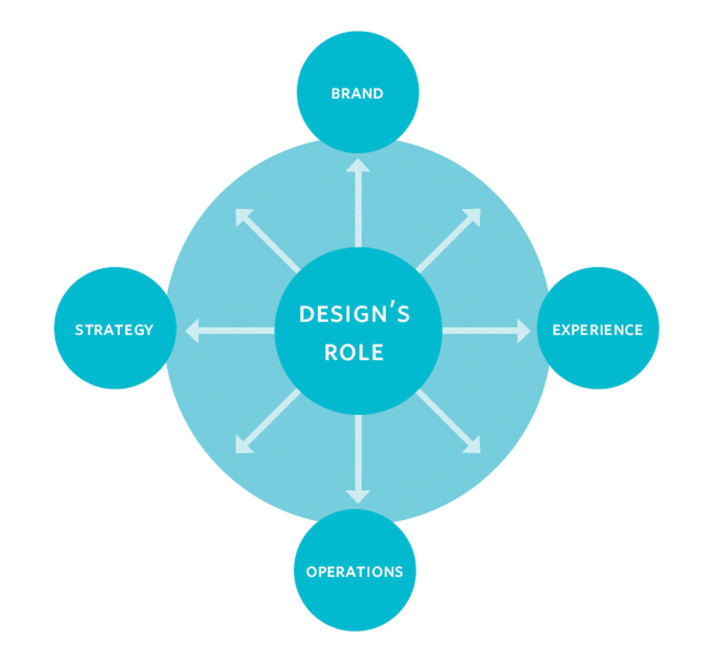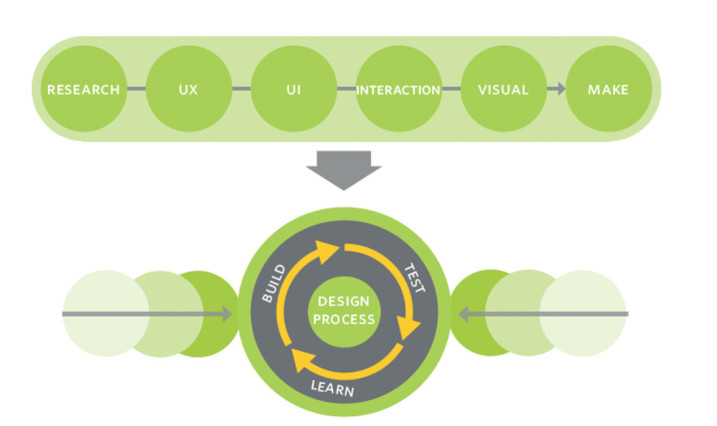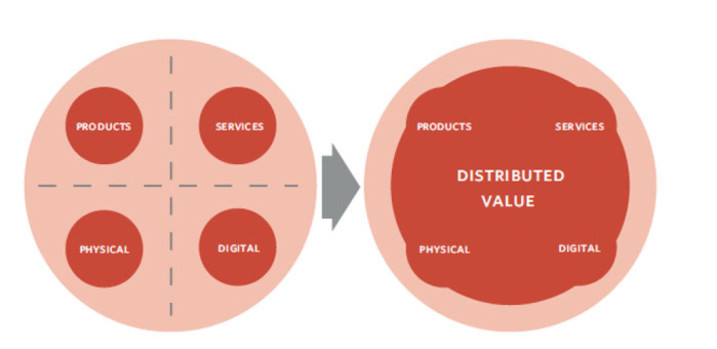But what are the implications for design’s new-found relevance and role? Are designers, particularly service designers, ready to fulfil design’s potential, or are we too in love with our Post-it notes and workshops?
For some context, it’s worth pausing briefly to consider why design has become so relevant. There are obviously many reasons. For me, three in particular stand out: disruption, expectations and complexity. Treating these in turn, we live in a period of incredible, accelerating disruption and change, driven by interconnected forces such as advancing technology. The effects are profound and transformational. From the physics of whole business sectors being rewritten, to the way we live radically shifting. And we are only just getting started.
Design is a way of seeing, thinking and of making choices and sense of things and, thus, a way of navigating through — and also causing — positive disruption. Secondly, people’s expectations have radically changed through using well-designed products and services in their everyday lives, whether it be iPhones, Kindles, Google Maps, Amazon and so on. We all now expect things to be easy to use, well-thought-through and engaging. People know good design even if they don’t always frame it in those terms. Thirdly, rising product and service complexity. Value is distributed and accessed in a variety of ways, and we engage with brands in a more temporal way.
For example, Nike is no longer simply about shoes. Design, particularly service design, provides a way of managing complexity, delivering value and creating coherent brand experiences for a digitally connected and evolving world.
Now design is more than just a source of competitive edge. It’s fundamental. As a result, we see designers founding companies, agencies launching their own products and becoming part of the boardroom and we see design becoming part of the literacy of business. Yes, it’s a wonderful time. In fact, I believe we are in a new era for design. One in which there is an unprecedented opportunity for design to fulfil its potential and cement its position as a driving force in business and society. Design can now make or break a business, create new realities and play a key role in helping tackle profound global challenges such as climate change.







Share your thoughts
0 RepliesPlease login to comment